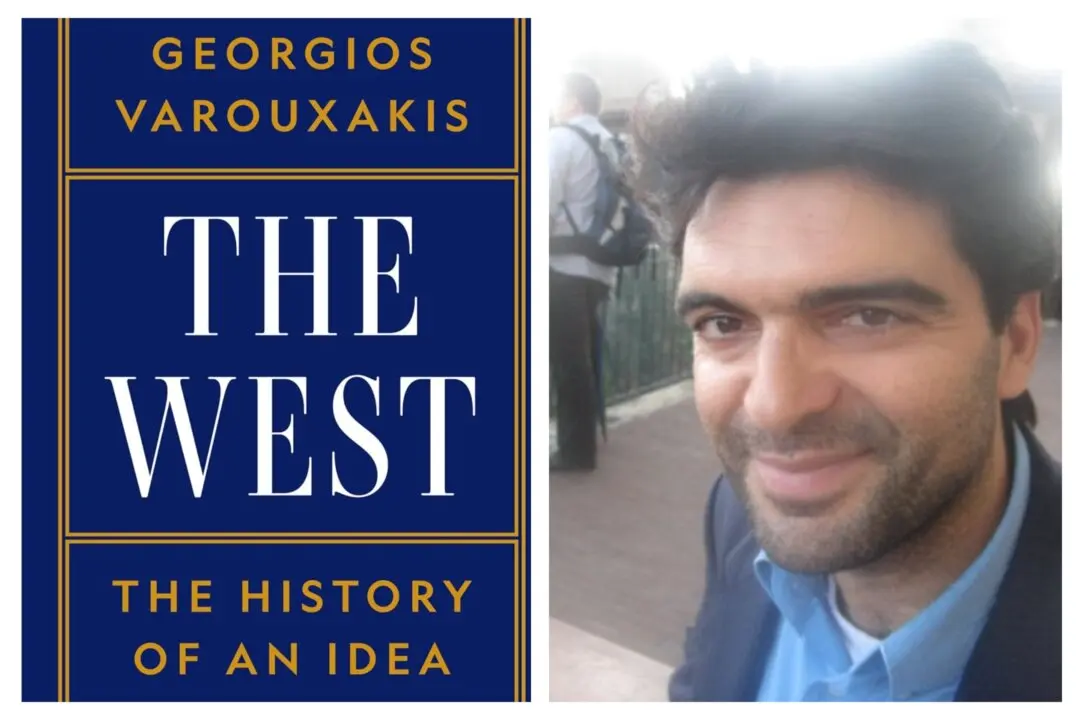Something we often take for granted is a courtyard. It is a place of relaxation, serenity, or gathering, but we may not know how much the courtyard is steeped in history—in this case, Chinese history. Xing Ruan, architect and Guangqi Chair Professor and dean at the School of Design at Shanghai Jiao Tong University, has written a definitive book on the subject of the Chinese courtyard, what it signifies to ancient Chinese civilization, and what it can deliver to those seeking a sense of harmony with the modern world.
“Confucius’ Courtyard: Architecture, Philosophy and the Good Life in China” is without a doubt a scholarly endeavor, full of Chinese history that reaches back thousands of years. But it is also a book that demonstrates, with ancient and not-so-ancient stories, the uses and significance of the courtyard.






